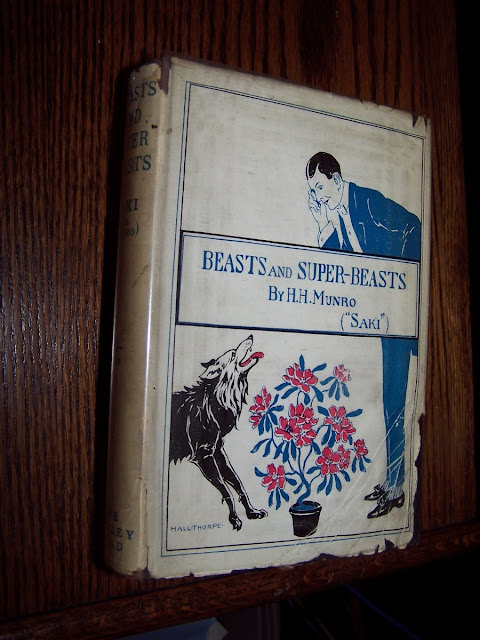"Stop [pause] messin' about!"
When Harold Pinter wrote sketches for Kenneth Williams
Programmes for Pieces of Eight (1959) and One Over the Eight (1961)
A couple of theatre programmes this week. Both quite rare survivors. It's the name of one of the writers in the first one that caught my eye...
In May 1958, Harold Pinter's play The Birthday Party opened in London. Eight performances later, it closed, after a critical and commercial battering. (True, influential Sunday Times critic Harold Hobson gave it a rave, but it had already come off by the time that review was published.) Pinter would eventually break through in 1960 with The Caretaker, but in 1959, when his Birthday Party producer Michael Codron put on a West End revue starring Kenneth Williams, the 29 year old writer was probably happy to be asked to contribute a few sketches.
The lead writer for Pieces of Eight was a wunderkind who was then still a student at Cambridge: a pre-Beyond the Fringe Peter Cook. His sketch 'Not an Asp' is probably the best-remembered bit of the show, and was still being performed by Kenneth Williams, and indeed Cook himself, decades later.
Pinter had four sketches in the show: 'Special Offer', 'Getting Acquainted', 'Request Stop' and 'The Last to Go'. Of these, 'The Last to Go' was the only one to make it onto the Original Cast Recording album, which is still available. It's a typically, um, Pinteresque piece of desultory conversation between an old newspaper seller (Williams) and a bartender, which manages, by not really being about anything, to be about pretty much everything. There's a later performance, without Williams (but possibly featuring Pinter?) which you can hear in full here.
Though the other three sketches were published in the collection A Slight Ache and Other Plays, it appears Pinter chose not to preserve 'Getting Acquainted', and I've seen the piece described as 'possibly lost'. However, given that the revue's full script would have been submitted to the Lord Chamberlain's office to gain a licence for performance (as all theatrical productions had to do back then), there must be a file copy somewhere, probably in the British Library. 'Umbrellas', a forgotten Pinter sketch for a later revue, turned up there last year, and caused quite a fuss.
Pieces of Eight was a big hit, and ran for over 400 performances. One Over the Eight followed in 1961, again written largely by Peter Cook (who was by then the toast of London), but without any input from Pinter (who was by then the toast of London too, albeit with a somewhat different crowd toasting him).
Here's Kenneth Williams, pictured in his dressing room before going on to perform in Pieces of Eight. I wonder if he ever got a visit from Harold.




























